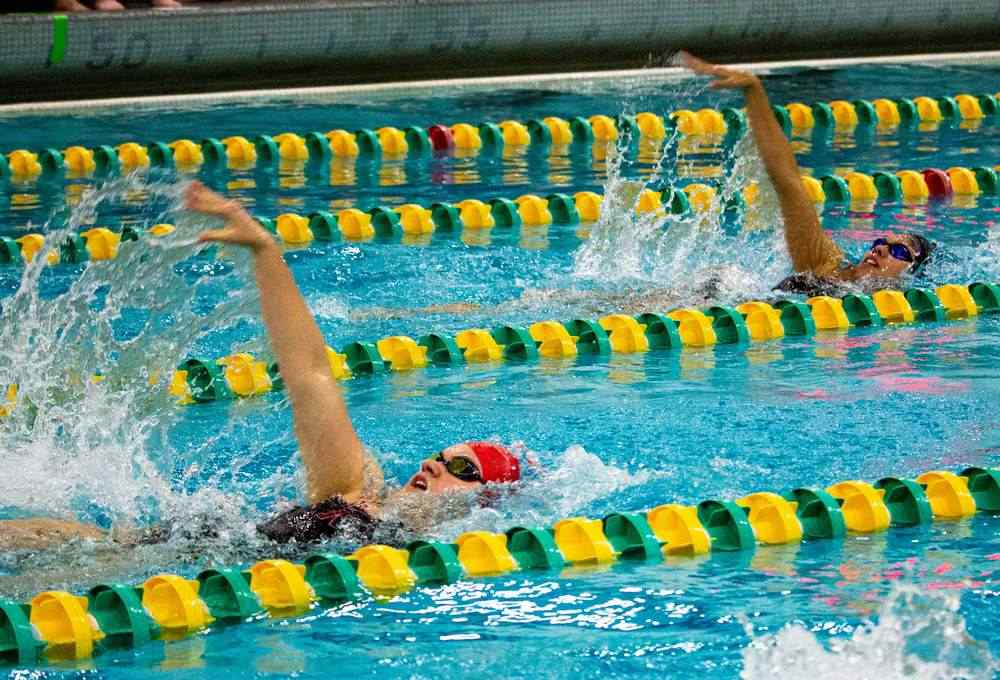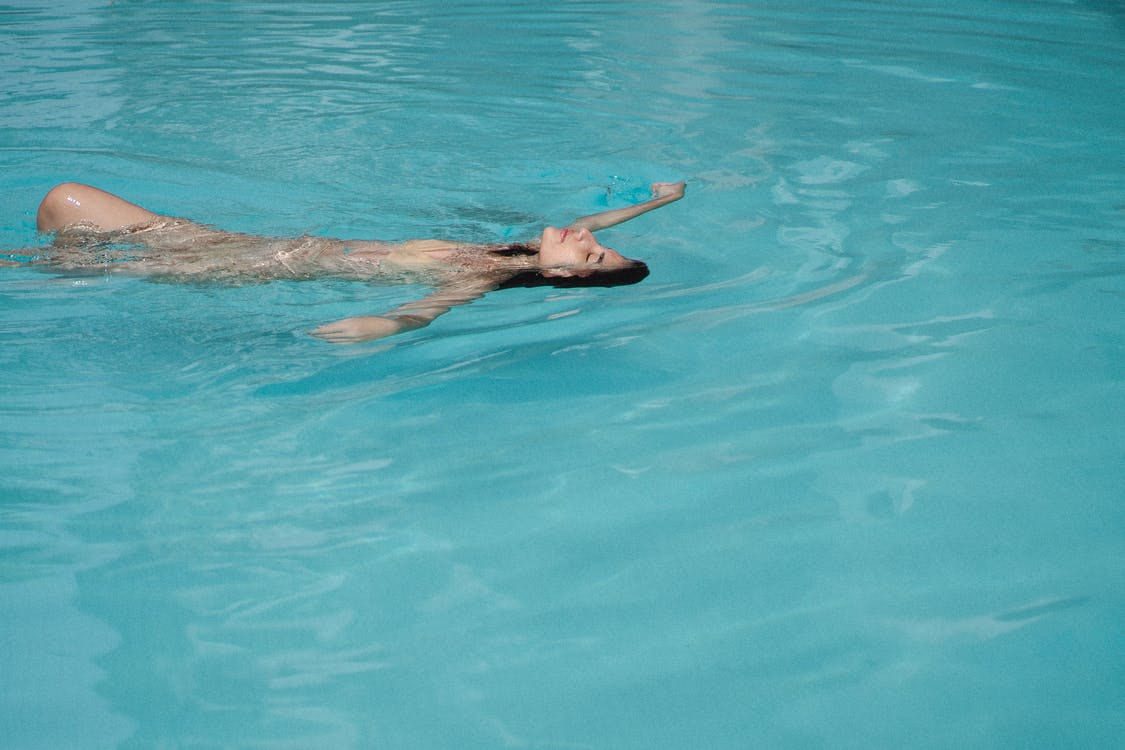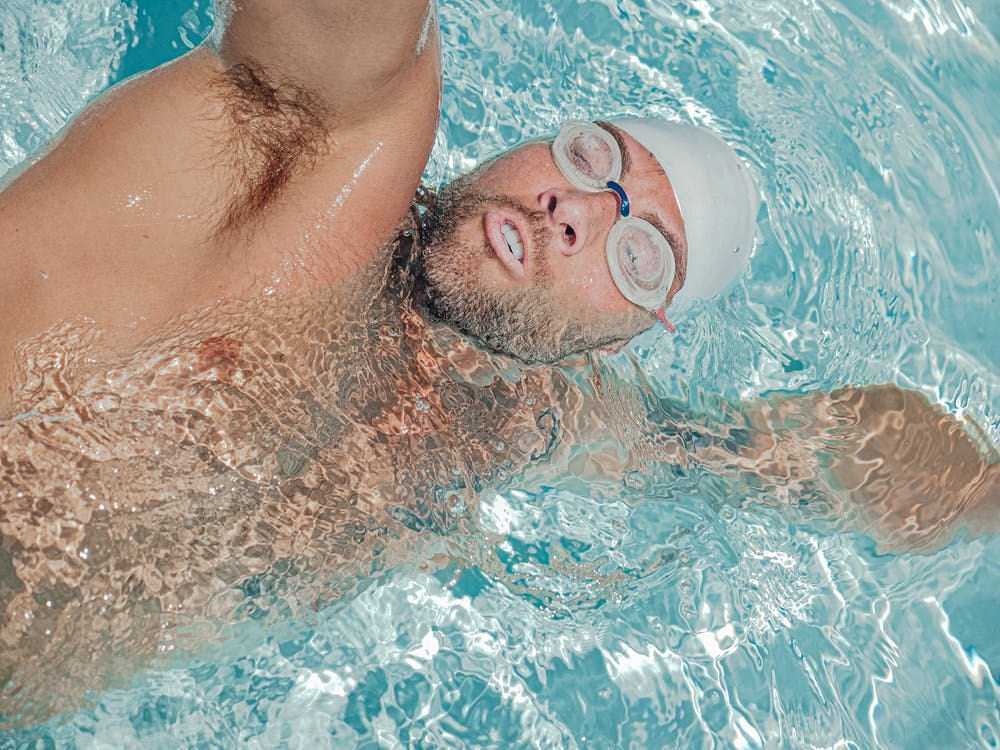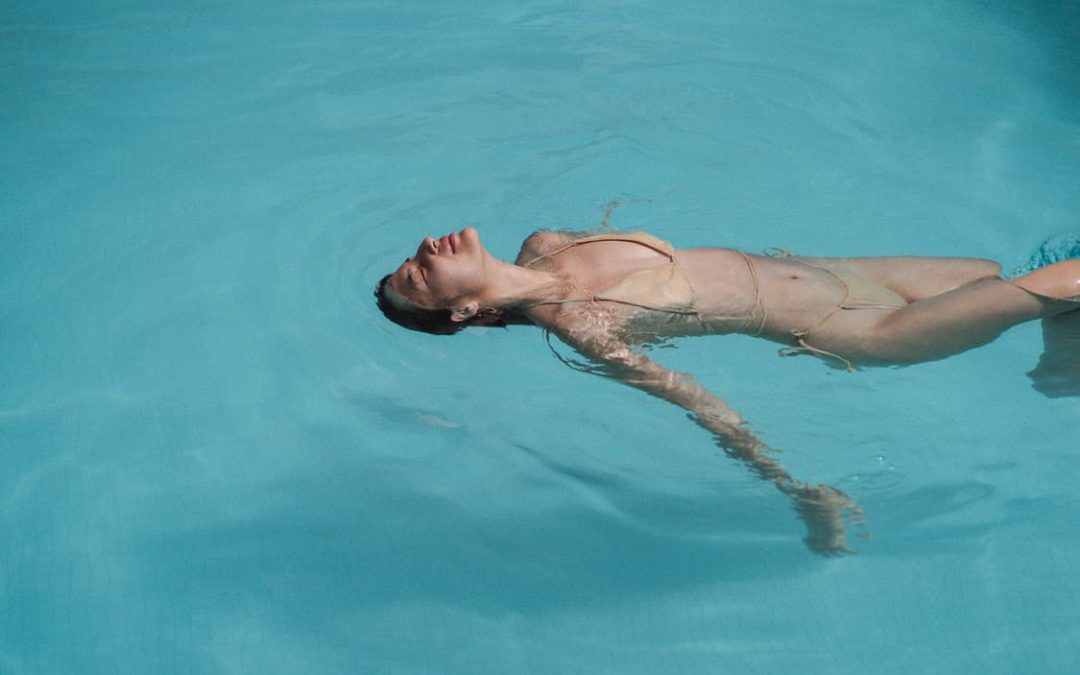A Guide For Swimming Backstroke Style
Swimming has a positive effect on fitness – it burns tons of calories. It helps balance your workout and your physique a bit. Backstroke skills are not very difficult to learn and are relatively stress-free to learn.
The backstroke is an alternate arm-to-arm maneuver using alternating and opposing arms. The other arm stretches out above water from the hip to the shoulder and returns above it to the hip towards the upper position.
The legs are flutter kicks that resemble those of the front crawl. The reverse stroke, as its title suggests, is the only competitive stroke to swim backward. It is faster than the butterfly and breaststroke swimming styles.
How To Do The Backstroke?
Backstroke may initially appear daunting when learning to swim, but don’t let it discourage you from learning to swim in this style.
Since you are not underwater during the entire swim you require control of your heart rate or breathing speed which is another component of backstrokes.

This enables you to maintain a relaxed, consistent breathing pattern that allows for focus on your backstroke. The same principle of freestyle swimming applies to backstroke and other strokes, to decrease weight by increasing your body positioning and increasing your power.
With the help of swimming exercises, one can learn backstroke step by step. The series is split into flutter kicks and arm movements. Each can be practiced individually to ensure you have gained enough strength to perform the backstroke.
Further are a few ways which can aid in learning the backstroke swimming style:
Leg Movement — Flutter Kicks
The fluttering kicks are when the feet are alternating with opposing movement patterns. As the legs move up, the other leg is moved downward and conversely. The feet move quickly in simple steps. The feet stretch and the knee stretches slightly.

For the backstroke swimmer kicking is generally common: each foot kicks three times a stroke to get six total kicks during one stroke. It needs some additional force as well to stay above water which is produced through the arms. Arm movement stabilizes body position along with preventing muscle tension.
Breathing Techniques
It is not possible for swimmers with a backstroke to breathe in the air if the water is splashed onto the face when the arm stroke was moved.
Thus breathing synchronization must follow the movements of the hands. Therefore one should breathe into the other arm if the same arm sprays water into your face.
The key to a good backstroke is to have a relaxed synchronized breathing rhythm during the backstroke to avoid muscle tension. Once you have consistent breathing, your body will be relaxed and you can perform the backstroke efficiently.
Body Position
The easiest way to learn backstroke was to practice floating in a back position to get comfortable. If you have difficulty standing after floating in the back position, you can use some small weights to stabilize yourself.

The key for many swimming backstrokes is to maintain optimum body position. “That means you have to keep your hips and feet elevated,” explains Chris Georges, a Masters in Swimming instructor at the University of Michigan.
Arms Movement
The backstroke arm cycles include: hands entering, pushing, releasing, and returning. Your arms should move continuously in the same manner as one arm lifts off the water and the next arm pulls beneath it.
It creates an effortless movement through the water, which ensures you remain afloat in the water.

The movement of the arms along with the legs gives you added power to swim through the surface of the water. One thing you have to keep in mind during your arm movement is to keep your arm straight.
What’s The Difference Between Backstroke And Elementary Backstroke?
It’s a common swimming technique for combining swimming with the back and elementary stroke but differs in its main aspects. Swimmers perform the backstroke with tense arms and flutters while propelling themselves through the water.
The elementary backstroke is performed with swimmers standing up and moving symmetrically between arms. Most arms remain underwater while leg movements are similar to inside-outside stroke movements known as “frog kick.”
Frequently Asked Questions
Tell Me The Best Way To Do Backstroke?
When swimming in freestyle, add backstroke exercises as a workout option. Backstrokes help to open the chest and shoulders muscles which are often tightened as you swim freestyle for longer periods.
Many people typically just swim freestyle. They can increase their swim strength by focusing more on other strokes. This will give you more experience with water and will give your training some flexibility.
What Is The Main Purpose Of Backstroke?
Backstroke is intended to let a swimmer breathe and reduce a person’s heart rate while in open water. As this is the only style that can be performed on the back.

The use of another stroke besides freestyle often enhances the rate of the heart. So, if you want to utilize your body muscles to the fullest at a slow pace then you can opt for backstroke. The Backstroke swimming style can strengthen your back and shoulders.
How To Avoid Bumping Into The Wall?
It is hard to see how something is affecting your face by using the backstroke. The fear is justified especially for beginners. You can have an estimate of pool length after a few laps to avoid bumping into the wall.
Is Backstroke Easier Than Freestyle?
Many people think that freestyle is easier than backstroke. But backstroke is a simple stroke for swimmers with every level of swimming. It is just like freestyle swimming but on your back.
The exercise can also make you feel stronger. Once you have a good grip on your backstroke technique, you may feel it is easy to perform.
Takeaway
Backstroke is the fourth recognize stroke for swimming. This is second-fastest (after the freestyle) and is the only one where one has to be on one back.
The backstroke technique may seem difficult to most swimmers who have not tried it. As it is opposite to traditional freestyle swimming. Once you have a good grip on the backstroke technique you can feel it’s easier than freestyle as your head is above water, therefore, you don’t have to hold your breath.
The key to a backstroke lies in the leg and arm movement should be synchronized. Your body should be straight and relaxed along with synchronized breathing.
Swimming backstroke can increase your body’s flexibility. Practicing a backstroke can make your chest and shoulders stronger. Which will eventually aid in acing the style. To learn more about swimming follow this guide.

